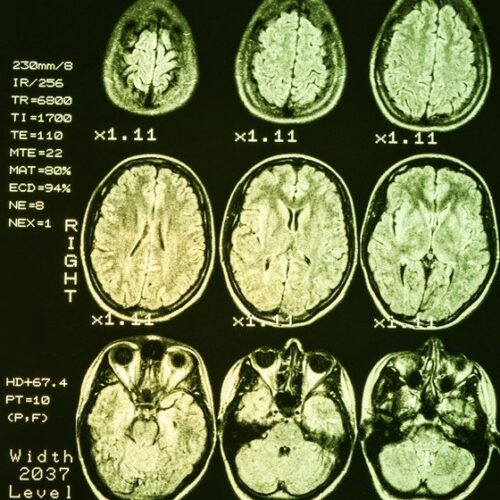2025: Cure Parkinson's research highlights from the last year and insights for the year ahead
2024 was another busy year for the research team at Cure Parkinson’s; from the results publication of the phase 2 clinical trial of lixisenatide to the funding of new pre-clinical projects, Cure Parkinson’s has not stopped in its mission to slow, stop or reverse Parkinson’s....
Learn more
Herantis Pharma: Phase 1/2 CDNF topline results
We are delighted that Finnish-based Herantis Pharma Plc have announced that their ongoing phase 1-2 clinical trial testing the neuroprotective agent ‘cerebral dopamine neurotrophic factor’ (or CDNF) in people with Parkinson’s has met its primary endpoint of safety and tolerability. In pre-clinical studies, CDNF has…
Earlier diagnosis and treatment of Dementia in Parkinson’s
A research team at the UCL Queen Square Institute of Neurology – led by Dr Rimona Weil – has recently published research that suggests the monitoring of levels of iron in the brain might eventually help predict which people with Parkinson’s will go on to…
UDCA and laboratory cell-based Parkinson’s
There is a great deal of variability between individuals with Parkinson’s in terms of features like symptoms and speed of disease progression. Given these differences, many researchers believe that we may not be dealing with a single condition, but rather a ‘syndrome’ – that is,…
The Minnesota UDCA clinical study
Researchers in Minnesota (USA) have recently published the results of a small pilot clinical trial investigating the safety of Ursodeoxycholic acid (or UDCA) in Parkinson’s. Currently UDCA is used to treat gallstones but research has gradually been building that suggests this medication could potentially be…
GDNF and cell transplantation: dual therapies for Parkinson’s
Parkinson’s is a complex condition and it is becoming increasingly clear that the future of disease-modifying therapies for Parkinson’s will rely on the use of multiple treatment approaches, as opposed to a single therapy. Scientists in Australia have recently published pre-clinical research exploring this idea…





